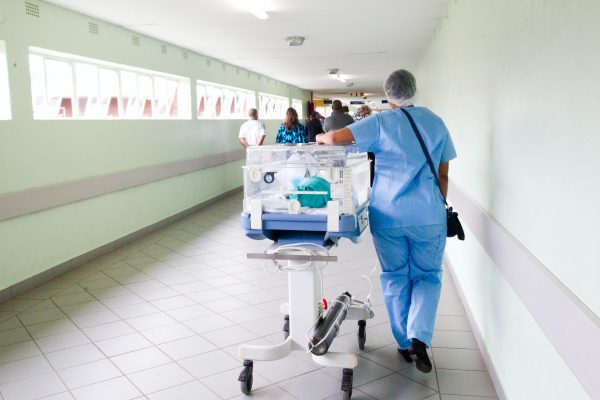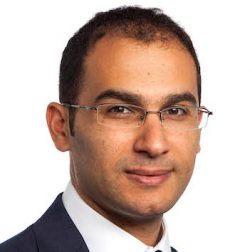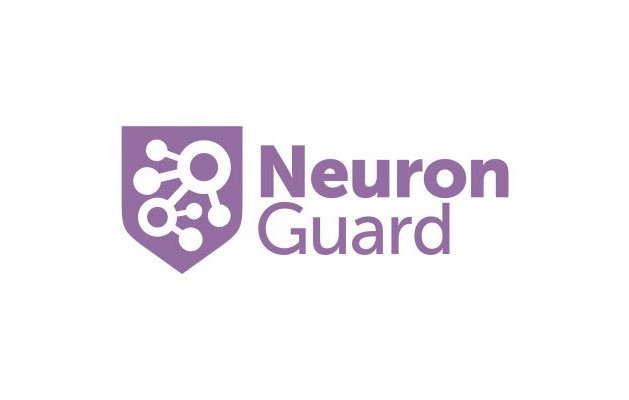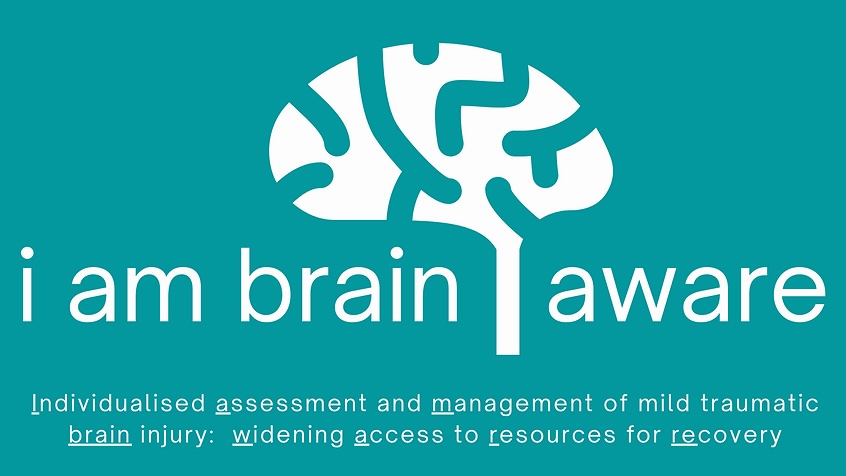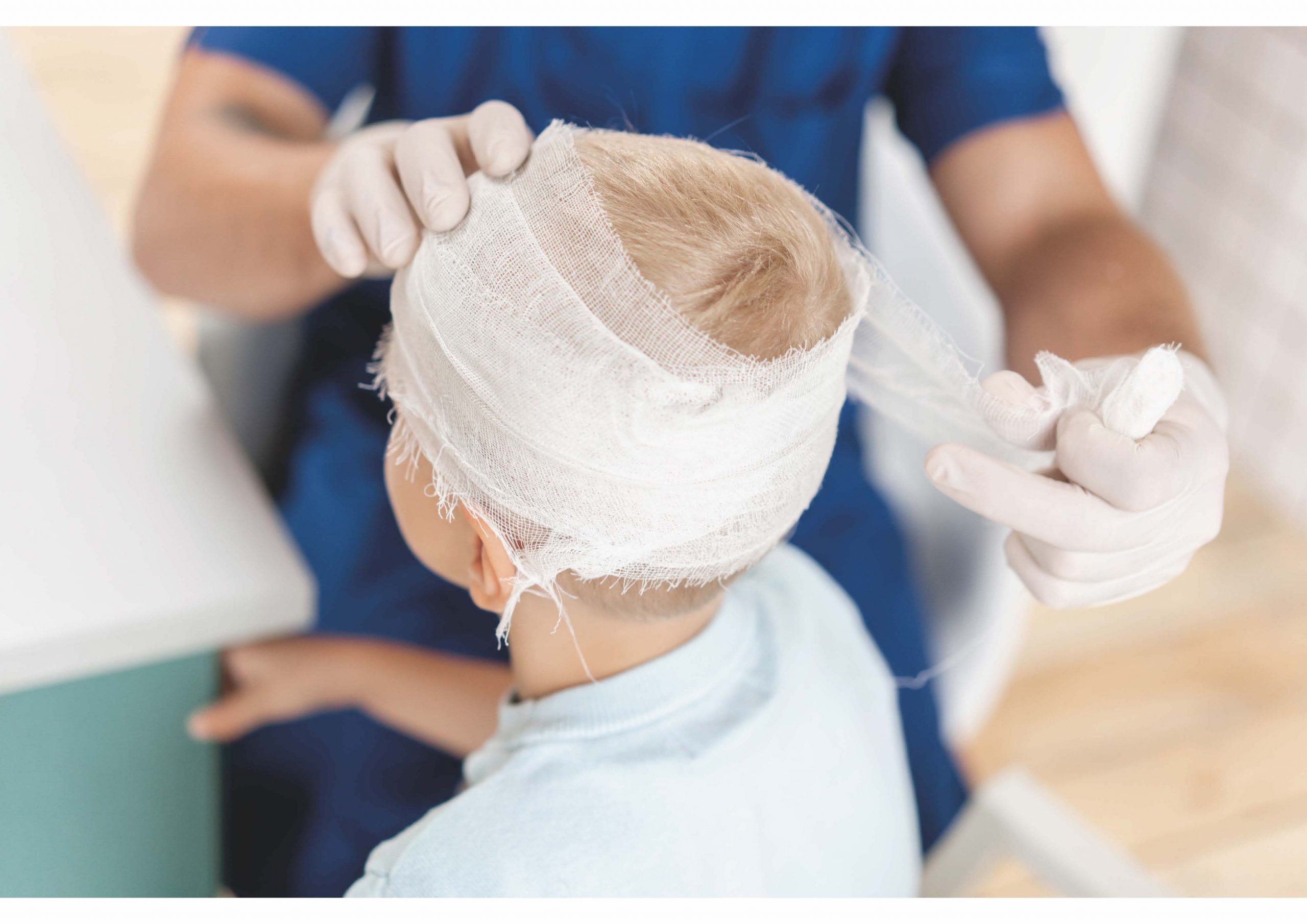
The Need
Acute care and monitoring of neurological disorders is vital for reducing long-term injury, especially in the emergency department and critical care settings.
Monitoring of brain injuries can be done in many ways using different technologies. These need to be available wherever people are treated.
The James Lind Alliance ‘Priority Setting Partnership’ has identified acute care as an area for improvement. They suggest this should be done with patients and carers to identify and validate the current unmet needs (or gaps) in hospitals and the wider community.
Monitoring is an integral part of acute care. Treatment informed by monitoring data may result in better outcomes than clinical assessment alone.
The Need
Acute care and monitoring of neurological disorders is vital for reducing long-term injury, especially within the emergency department and critical care settings.
Monitoring of brain injuries can be done in many ways using different technologies which need to be available across caregiving settings.
The James Lind Alliance ‘Priority Setting Partnership’ has identified acute care as an area for improvement. They suggest this should be done with patients and carers to identify and validate the current unmet needs (or gaps) in hospitals and the wider community.
Monitoring is an integral part of acute care. Treatment informed by monitoring data may result in better outcomes than clinical assessment alone.
How can we help?
By improving acute care in hospitals and monitoring brain activity following this, we can improve the recovery pathway for those with brain injury. In particular:
- Improving imaging used for diagnosing both mild and severe TBI (traumatic brain injury), including using AI to analyse CT scans in emergency departments.
- Neuroprotective innovations to reduce secondary brain injury acquired during recovery.
- Multimodality monitoring of brain injury, using biological markers to track recovery.
- Supporting surgical innovations to improve technologies used during neurosurgery.
- Reporting of neurological outcomes when assessing in other areas to raise awareness across services to improve brain care.
